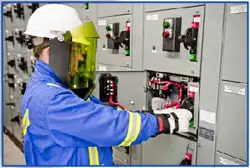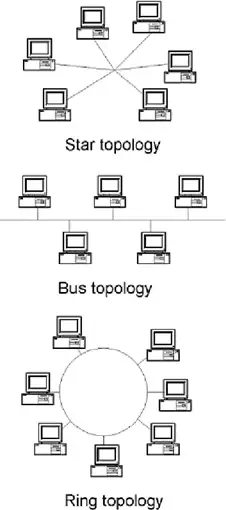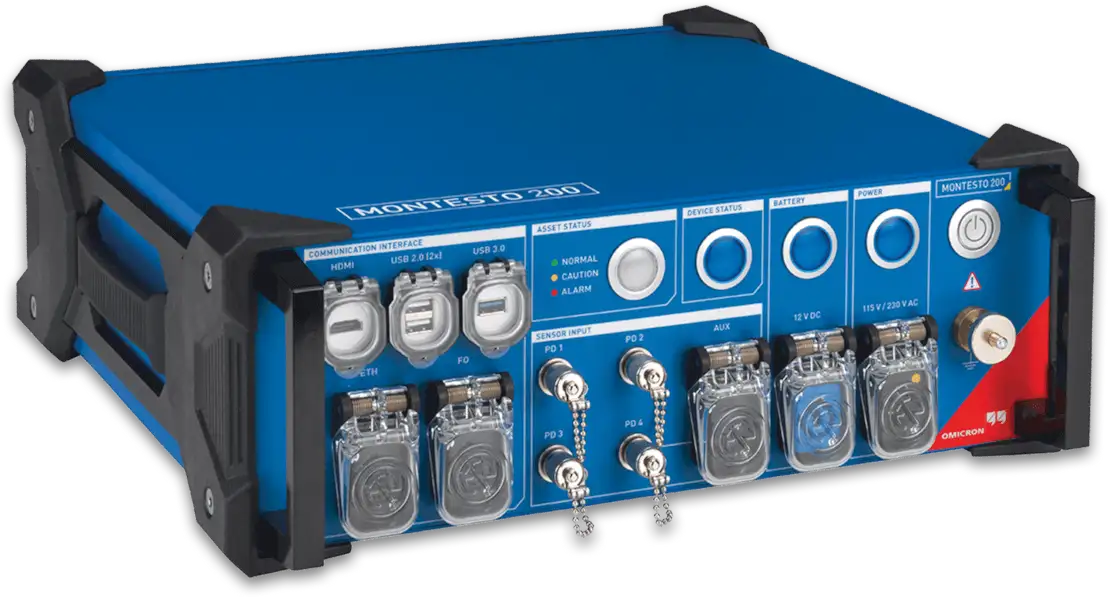Electrical Safety Work Explained

CSA Z462 Arc Flash Training - Electrical Safety Essentials
Our customized live online or in‑person group training can be delivered to your staff at your location.

- Live Online
- 6 hours Instructor-led
- Group Training Available
Download Our OSHA 3875 Fact Sheet – Electrical PPE for Power Industry Workers

- Follow rules for rubber gloves, arc-rated PPE, and inspection procedures
- Learn employer obligations for testing, certification, and training
- Protect workers from arc flash and electrical shock injuries
Electrical safety work ensures risk assessment, lockout-tagout, arc-flash boundaries, PPE, grounding, and isolation procedures for switchgear and panels, meeting NFPA 70E and OSHA standards to protect technicians during maintenance, testing, and commissioning.
What Is Electrical Safety Work?
Electrical safety work defines procedures to control electrical hazards during installation, testing, and maintenance.
✅ Perform arc-flash risk assessment and establish approach boundaries
✅ Apply lockout-tagout, verify isolation, and live-dead-live testing
✅ Use rated PPE, insulated tools, and test-before-touch protocols
Electrical safety work is critical for protecting personnel and equipment in industrial and commercial environments with high voltage and electrical hazards. From arc flash risks to shock and burn injuries, working with or around energized systems demands strict adherence to safety protocols. This includes proper training, personal protective equipment (PPE) use, and compliance with standards like NFPA 70E and CSA Z462. Implementing robust electrical safety procedures helps prevent workplace accidents and fatalities and ensures regulatory compliance, operational reliability, and peace of mind for employers and workers alike. For a broader overview of policies and controls, the Electricity Forum’s guide on electrical safety in the workplace explains program elements and common hazards.
Comprehensive arc flash instruction is further outlined in arc flash safety training resources that clarify risk assessment steps and PPE selection.
To understand compliance obligations and curriculum depth, review the detailed arc flash training requirements that many organizations align with.
Request a Free Training Quotation
Organizations planning programs can map competencies using this overview of electrical safety training topics before tailoring courses to their workforce.
Workers employed in the electrical field are expected to be very knowledgeable in how to work safely. In Canada, the Electrical Safety Authority (ESA) is one such body that offers tips and guidelines for novice electricians and ordinary laypersons while also being the monitoring body for licensed contractors and electricians. For construction environments, practical checklists in construction electrical safety address site-specific controls and coordination with other trades.
Sign Up for Electricity Forum’s Arc Flash Newsletter
Stay informed with our FREE Arc Flash Newsletter — get the latest news, breakthrough technologies, and expert insights, delivered straight to your inbox.
Key tips for working with basic electricity:
- Know the relevant electrical safety code for their province and municipality
- Try to work in a de-energized environment, ensuring the power is off and double-checking with a tester
- Use only approved products, identifiable by the mark of a recognized certification agency (Underwriters Laboratories, UL)
- Always have your work inspected as required by the electrical safety code
In the United States, it is the Occupational Safety and Health Administration (OSHA), a government agency of the Department of Labor responsible for maintaining a safe work environment. Electrical safety is just one aspect of OSHA’s many requirements for worker safety. Anyone who may come into contact with live electricity or an electrical hazard must be trained in electrical safety. OSHA has set forth regulations on the minimum training a worker must have, whether in a classroom or through on-the-job training. To meet these expectations, organizations can reference consolidated electrical safety requirements that translate regulatory language into actionable controls.
Electrical workers must be trained to work safely around de-energized and energized equipment. They must know lockout/tagout procedures for detaching a piece of equipment from its power source, and securing the power source so that it does not become re-energized. A general rule of thumb for working on energized parts is to allow contact up to less than 50 volts. In production settings, proven practices from industrial electrical safety help teams balance uptime with hazard mitigation.
Another part of training includes properly using and caring for portable electrical equipment such as extension cords. Workers must be trained to inspect the equipment for damage visually and connect the equipment to a power source properly.
Employees working around electricity must be trained in the type and proper use of protective equipment (PPE – Personal Protective Equipment). They must know how to use insulated headgear and eye protection in appropriate settings where there is a danger to the head or eyes. Employees must be able to determine when insulated tools should be used (such as working around or on an exposed electrical circuit). Employees who must be trained in electrical safety but are not qualified personnel (unqualified personnel) must also be trained in other electrical safety practices that will keep them safe. Unqualified persons are deemed those not permitted to work on or near exposed live electricity.
Qualified personnel must be trained in how to locate and identify exposed live electrical circuits and equipment. Training must include determining the voltage of these live parts and accurately knowing the distance that voltage can travel through the air.








